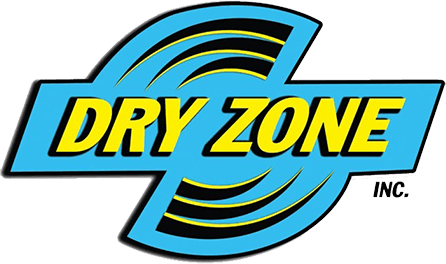Many different things, including leaks in your roof or pipes, condensation, and moisture buildup, can result in ceiling water damage.
Although ceiling water damage may not initially seem serious, it can quickly lead to more serious problems like mold growth, structural damage, and even health problems.
There are many reasons why ceiling water damage can happen, some of which are more frequent than others. Therefore, it’s crucial to watch out for the first indications of ceiling water damage so that you can take action to fix the issue before it worsens.
The most frequent causes of ceiling water damage are listed below, along with tips on how to identify them and where to find water damage company in Naples:
Extreme Weather
Your ceiling may sustain water damage from storms and heavy rain. Water may enter your home through roof cracks after a really strong downpour. Your property may sustain water damage to your ceiling if the wind pushes debris or rains against it.
Pipe Leaks
Leaking pipes are another typical cause of water damage to ceilings. Various things, including corrosion, leaks at joints, and damage from freezing temperatures, can cause pipe leaks. If a pipe bursts, water may get inside the ceiling and cause water damage.
Roof Leaking
A leaking roof is another typical cause of water damage to ceilings. Many things might cause a roof to leak, including missing or damaged shingles, leaks around skylights or chimneys, and leaks at joints.
A leaking roof could cause water damage by seeping through the ceiling. You may contact an expert for water extraction in Naples to resolve this.
Condensation
Condensation can also cause water damage to ceilings. The phenomenon occurs when warm, humid air collides with a cold surface, such as a window or a ceiling. This causes the water vapor in the air to condense and turn into water droplets, which may then fall to the ground and result in water damage.
Clogged Gutters
Water that is backed up in the gutter could leak into the house. This could cause damage to the ceiling, walls, and roof. Flooding or damage to a building’s foundation can result from inadequate drainage from clogged gutters.
Sewer Backup
A sewer backup is another frequent cause of ceiling water damage. A sewer backup happens when the sewer system backs up into the home. The sewer system may be overloaded, clogged, or poorly maintained, which could all lead to this. A sewer backup could cause water to flow through the ceiling, causing water damage.
What to Look for in Water Damage to the Ceiling
There are numerous signs that the ceiling has been flooded. One of the most common symptoms is the presence of water stains on the ceiling.
Depending on size, these stains may be minute or enormous, brown, yellow, or white. A leaky pipe, a clogged gutter, or a backed-up sewage line are all potential causes of water stains on the ceiling.
Another sign of water damage to the ceiling is peeling paint. Paint that corrodes from water leaking through the ceiling may peel. Peeling paint could also result from a blocked gutter or a leaky pipe.
The third frequent sign of ceiling water damage is mold. On wet surfaces, mold can grow and provide a musty stench within the house. Allergy sufferers may experience harm from mold, which could exacerbate respiratory problems.
Any of these symptoms should prompt you to have a ceiling expert evaluate it. An expert can identify the source of the water damage and suggest the best course of action.
Conclusion
Some different factors can cause water damage to your ceiling. Most commonly, it is caused by leaks in your roof or pipes. It can also be caused by condensation, humidity, or heavy rains. If you suspect that your ceiling is water damaged, it is important to inspect it immediately or hire leak detection services in Naples so they can take steps to repair the damage.
Get Emergency Water Damage and Disaster Cleanup Services In Naples. We offer Water Removal, Mold Remediation, and Fire Damage Cleanup. Contact a water damage company in Naples today!


